JAMBO STAR TOUR AND TRAVEL
Travel Made Easy, Memories Made Forever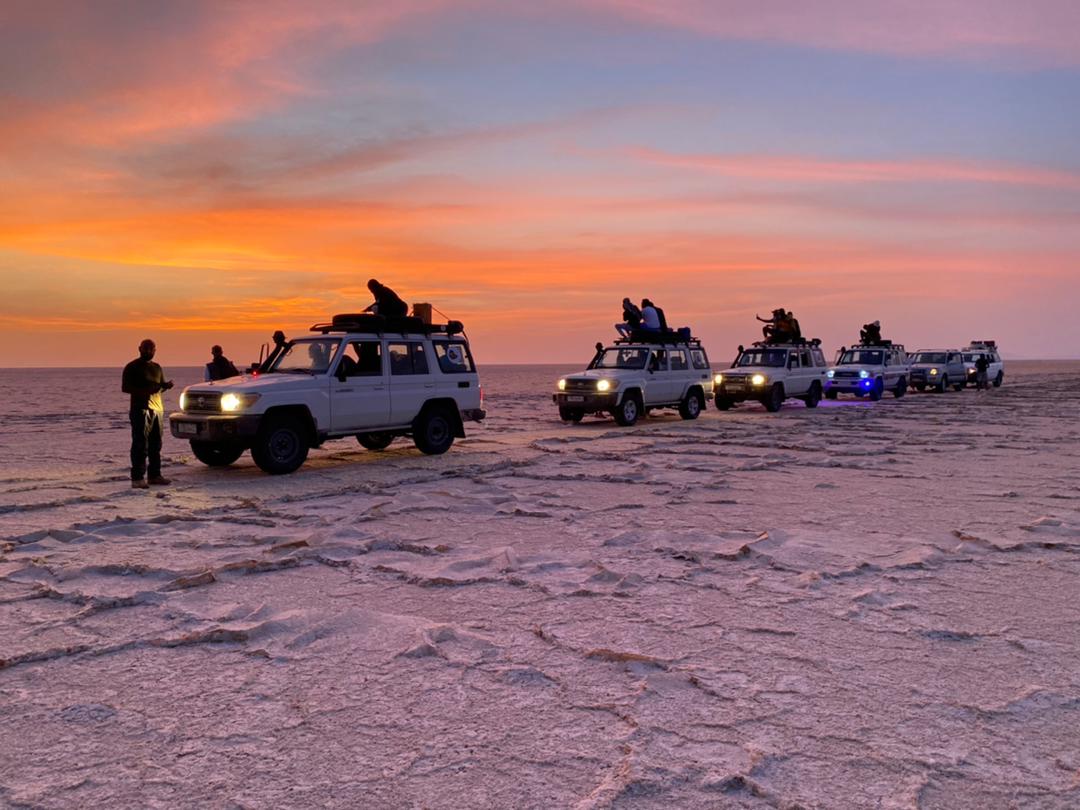
Elevate your
wanderlust
with us
Elevate your wanderlust with us
About Us
Jambo Star Tour and Travel is committed to providing top-tier travel and tour services for both individuals and corporate businesses, addressing all your domestic and international travel needs. Our extensive offerings include everything from flight bookings and reservations to custom-tailored tour packages, with destinations across Ethiopia, Africa, the Middle East, Asia, Europe, and beyond. Whether you’re looking to immerse yourself in Ethiopia’s vibrant culture, enjoy a serene getaway in Seychelles, or embark on an exciting adventure in Brazil, we have the perfect travel solution for you.
Our diverse clientele includes government agencies, NGOs, embassies, corporations, educational institutions, and private businesses. With a steadfast commitment to exceptional service, we have earned a reputation as a trusted partner in delivering unforgettable travel experiences.
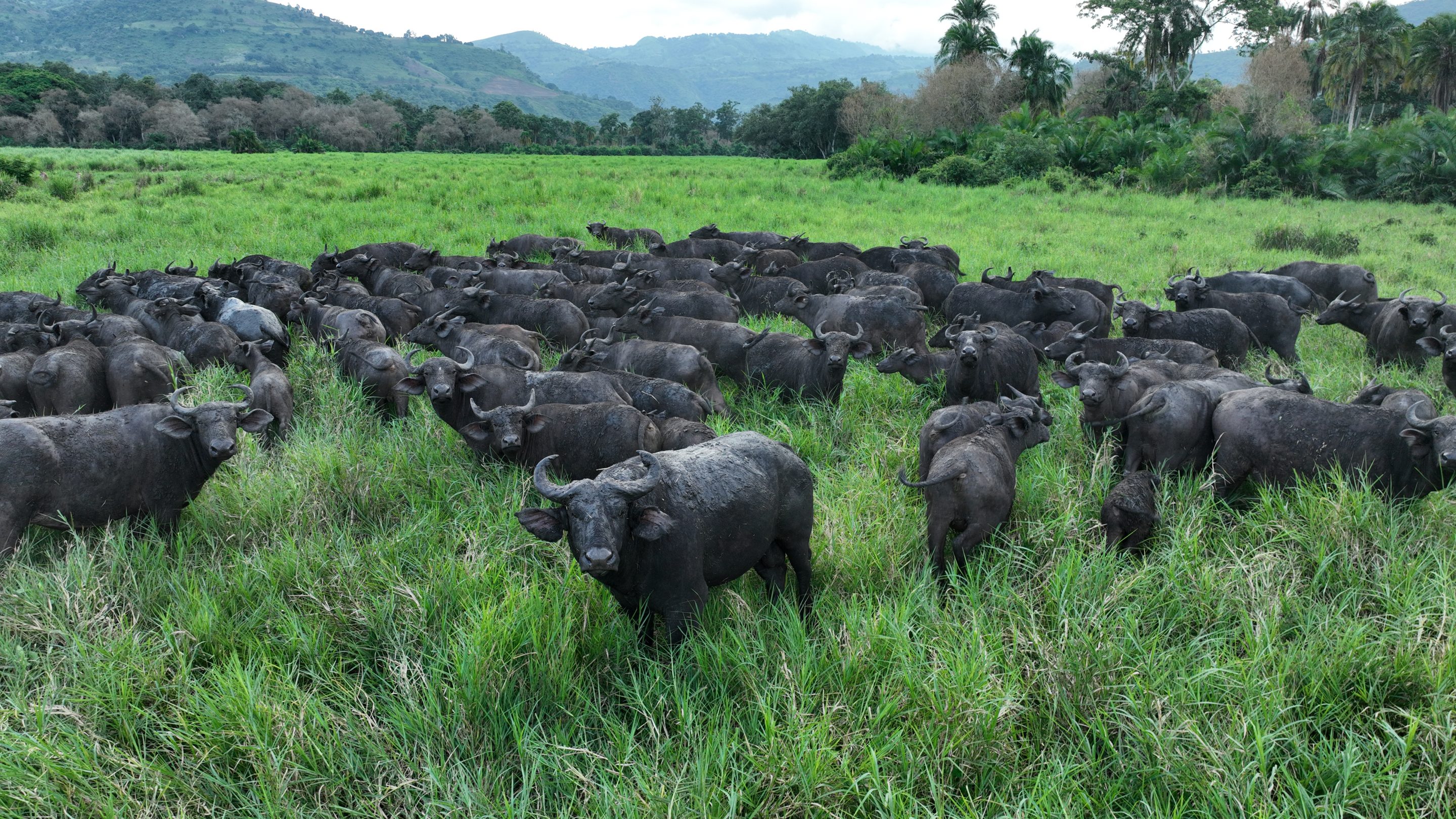
Our Mission
To make travel accessible, stress-free, and enjoyable for all, offering tailored solutions that meet the diverse needs of our clients. We strive to ensure the highest quality of service through a dedicated team of professionals committed to turning travel dreams into reality.
Our Vision
To be the leading provider of personalized travel services, creating seamless and unforgettable journeys for every traveler, while fostering cross-cultural understanding and exploration.
Our Values
Customer-Centric
We put our client’s needs at the heart of everything we do, offering personalized service and a commitment to excellence.
Integrity
Transparency and honesty are the foundation of our operations. We always aim to provide the best value for your travel needs.
Innovation
We constantly strive to find new ways to enhance the travel experience through cutting-edge solutions and personalized services.
Excellence
Our expert team works tirelessly to ensure every detail is taken care of, ensuring a smooth, hassle-free journey for you.
Our Goals
Expand Our Reach
We aim to grow our services, offering more diverse destinations and travel solutions to clients worldwide.
Innovate Travel Solutions
To continually introduce new travel packages and services, customized to meet the needs of a dynamic market.
Create Lasting Relationships
We aim to build long-term relationships with our clients by consistently delivering top-notch services and maintaining trust.
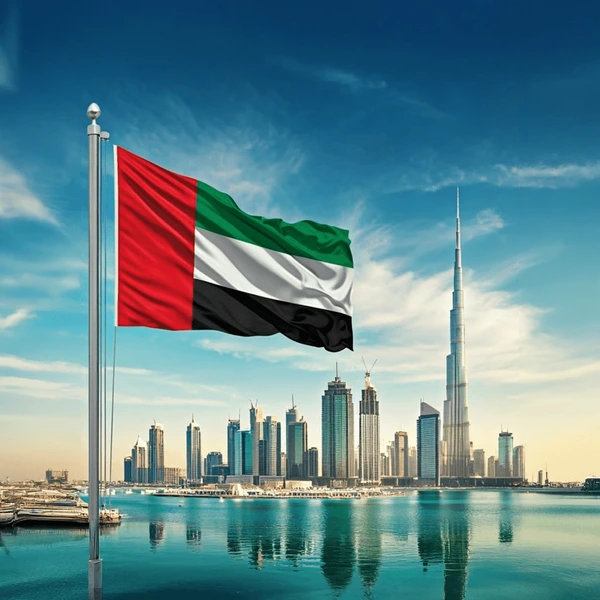
Get Your Dubai Visa Fast and Hassle-Free
Planning a trip to Dubai? We make the visa process simple, fast, and reliable. Whether you’re visiting for tourism, business, or family, we provide professional Dubai visa services tailored to your needs.
✅ Our Dubai Visa Services Include:
-
Tourist Visas (14, 30, or 60 Days – Single/Multiple Entry)
-
Business Visas
-
Transit Visas
-
Express Visa Processing
-
Family & Long-Term Visa
Our Services
Whether you are planning a quick weekend getaway or a comprehensive international tour, Jambo Star Tour & Travel offers a variety of options:
Domestic Tours
Explore the beauty of Ethiopia with exciting tours to destinations such as:
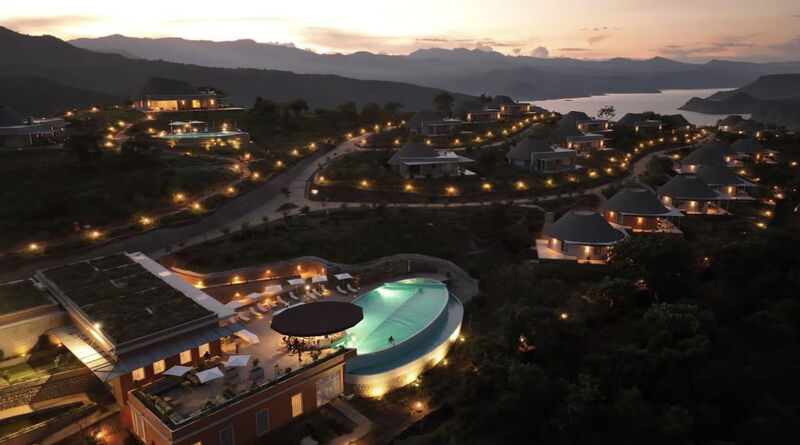
Halala Kela
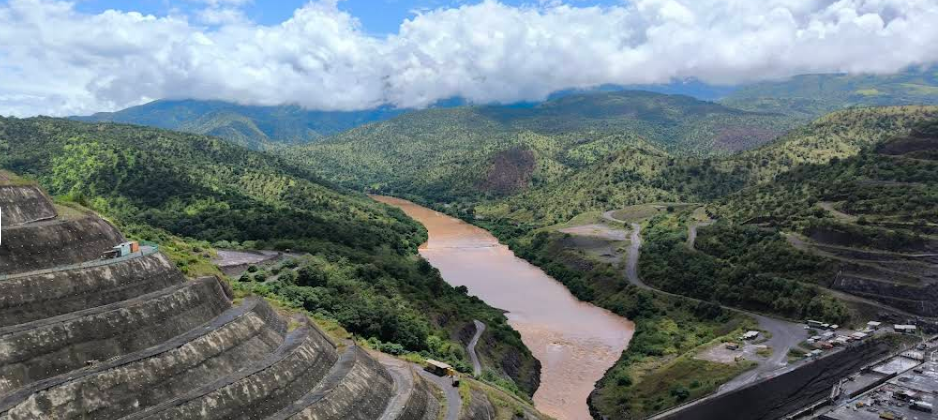
Koyesha
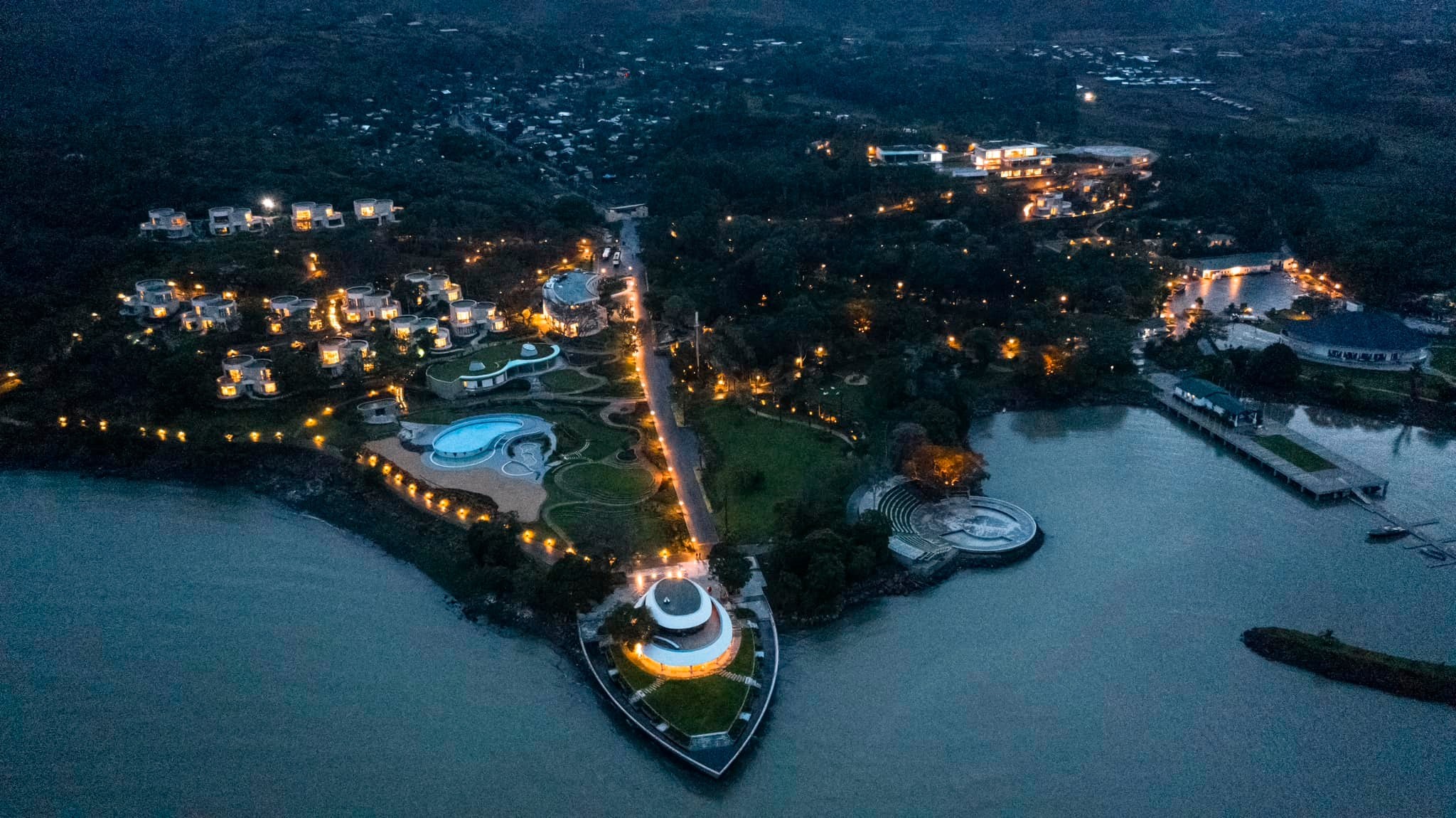
Gorgora
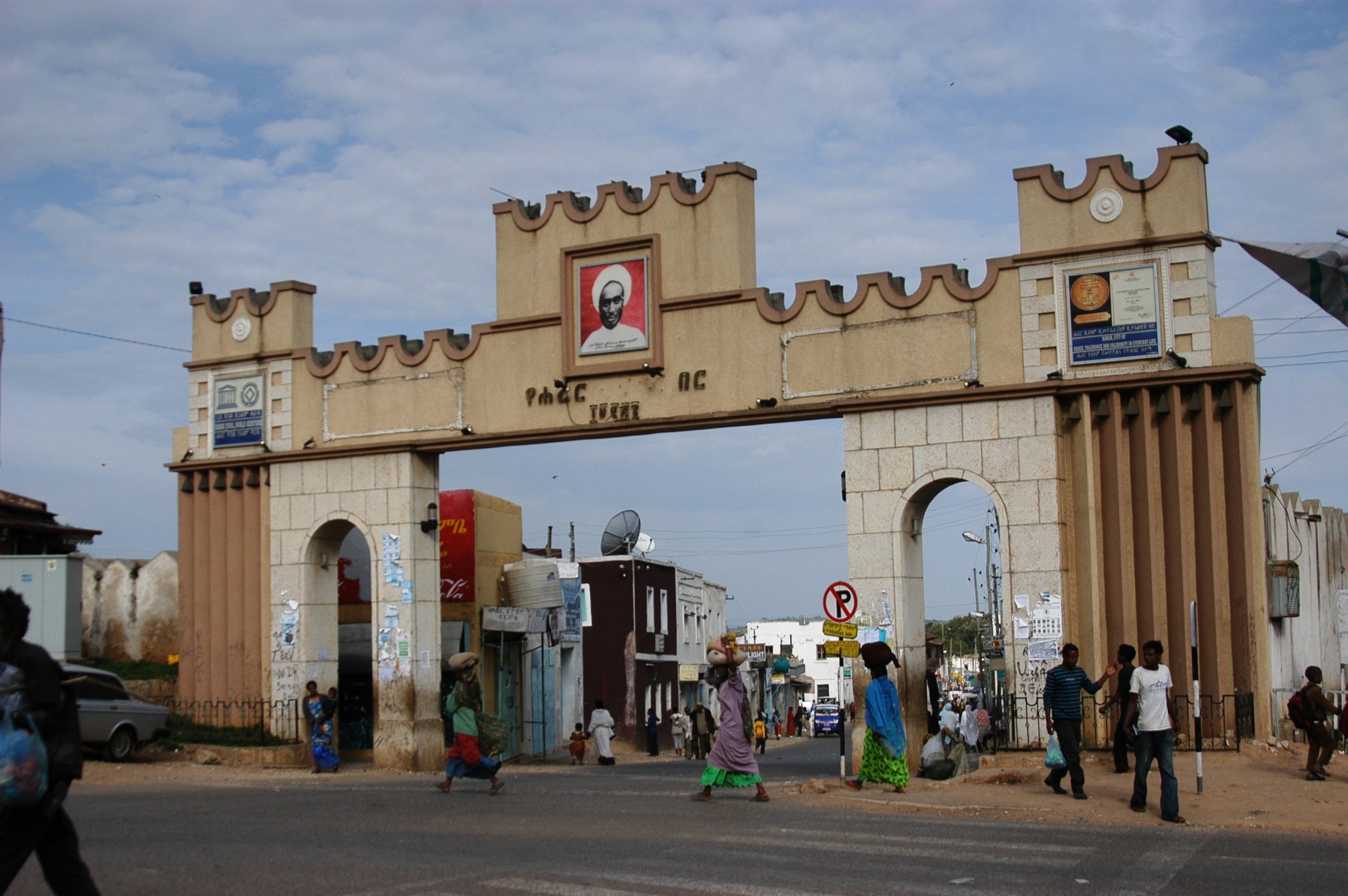
Harar

Chebera-Churchura
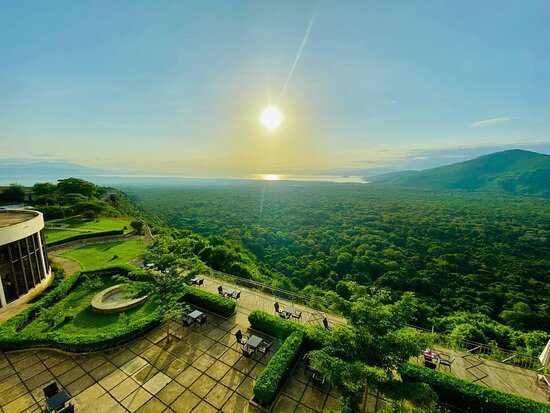
Arbaminch
International Tours
We offer exclusive tours to stunning destinations across the globe:
Asia & Southeast Asia
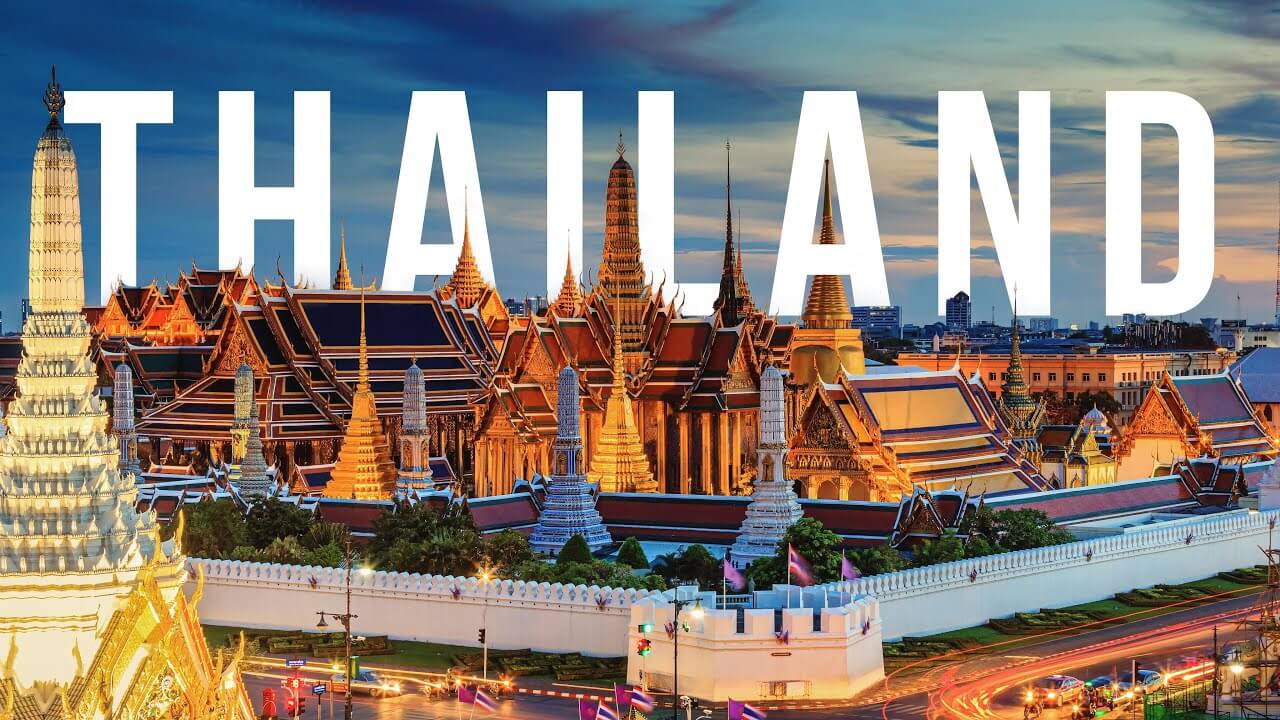
Thailand

Malaysia
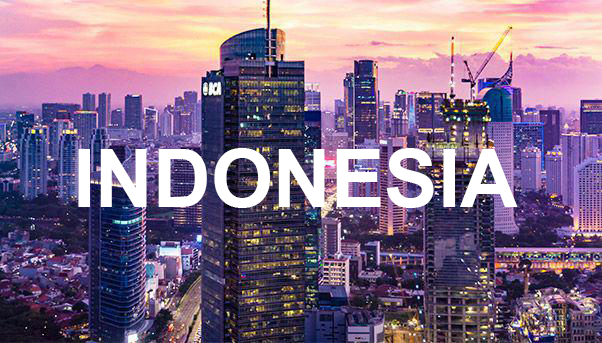
Indonesia
Asia & Southeast Asia

Dubai
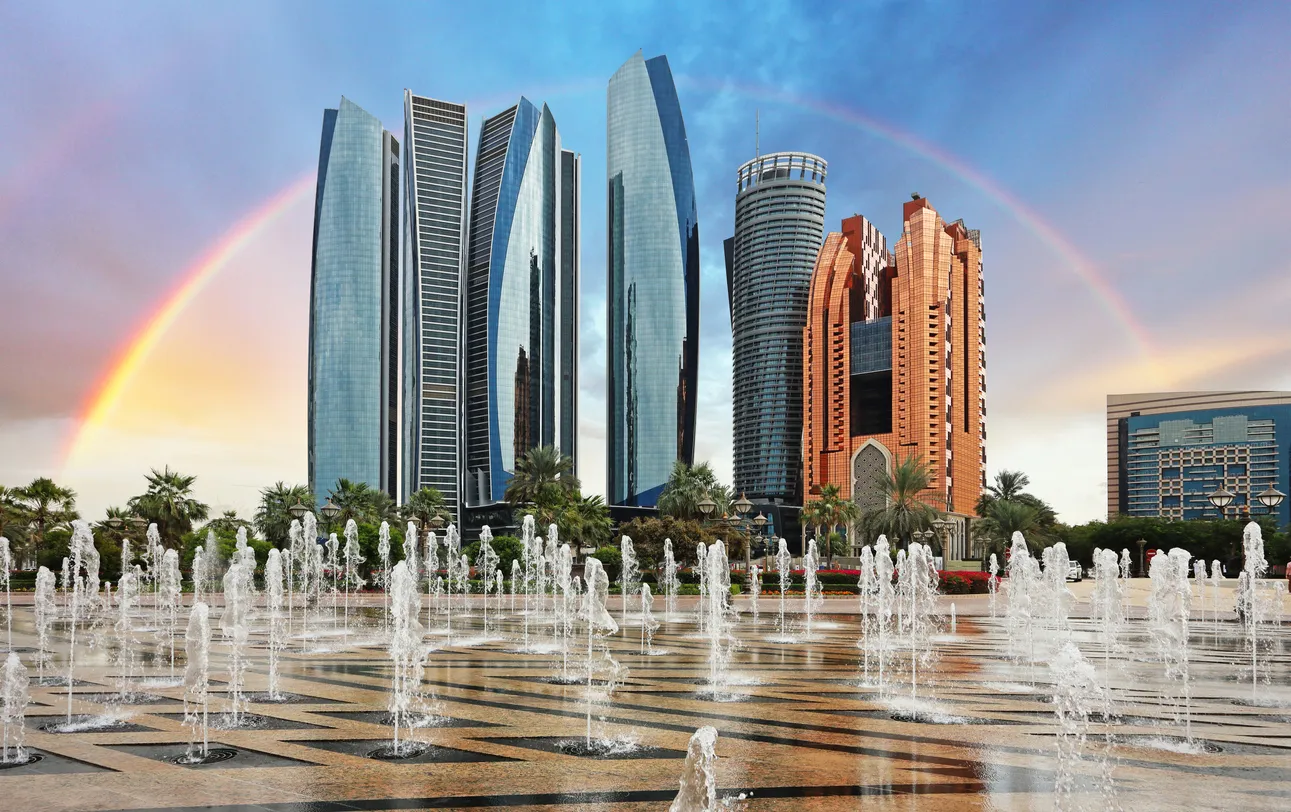
Abu Dhabi
Europe

Greece

Italy
Latin America

Brazil

Argentina
Caribbean Islands

Panama
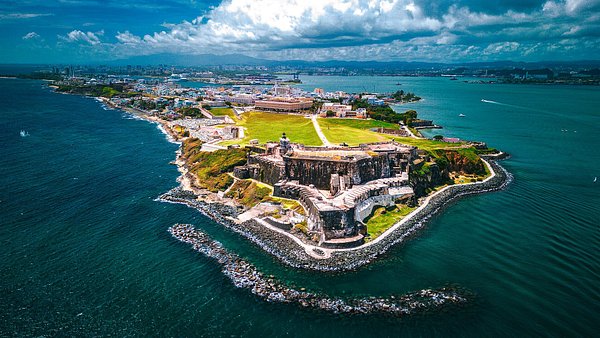
Puerto Ricco
Africa
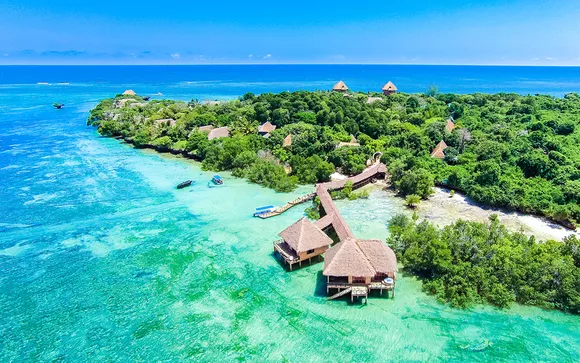
Kenya ( Mombasa)
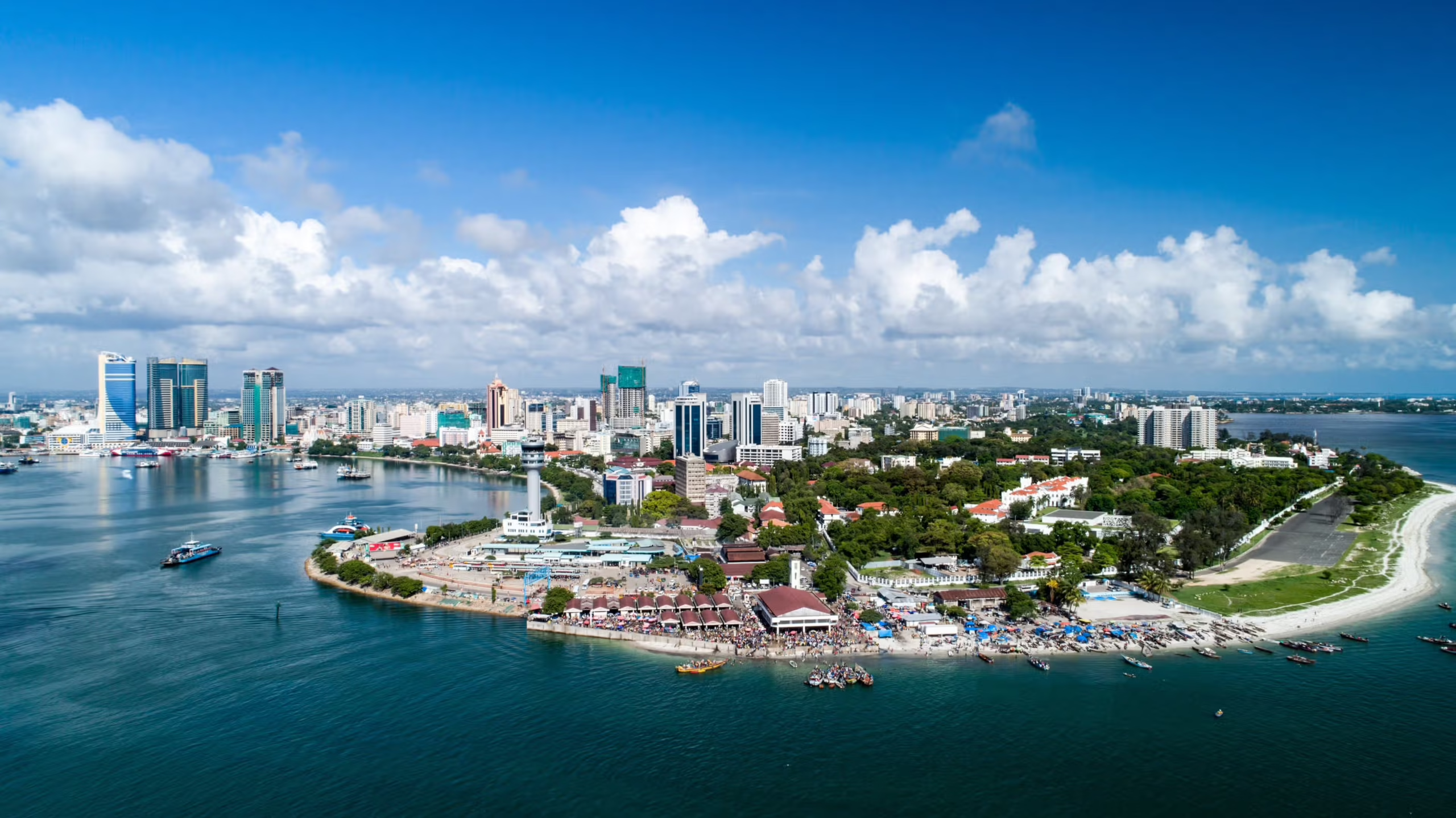
Tanzania ( Zanzibar)
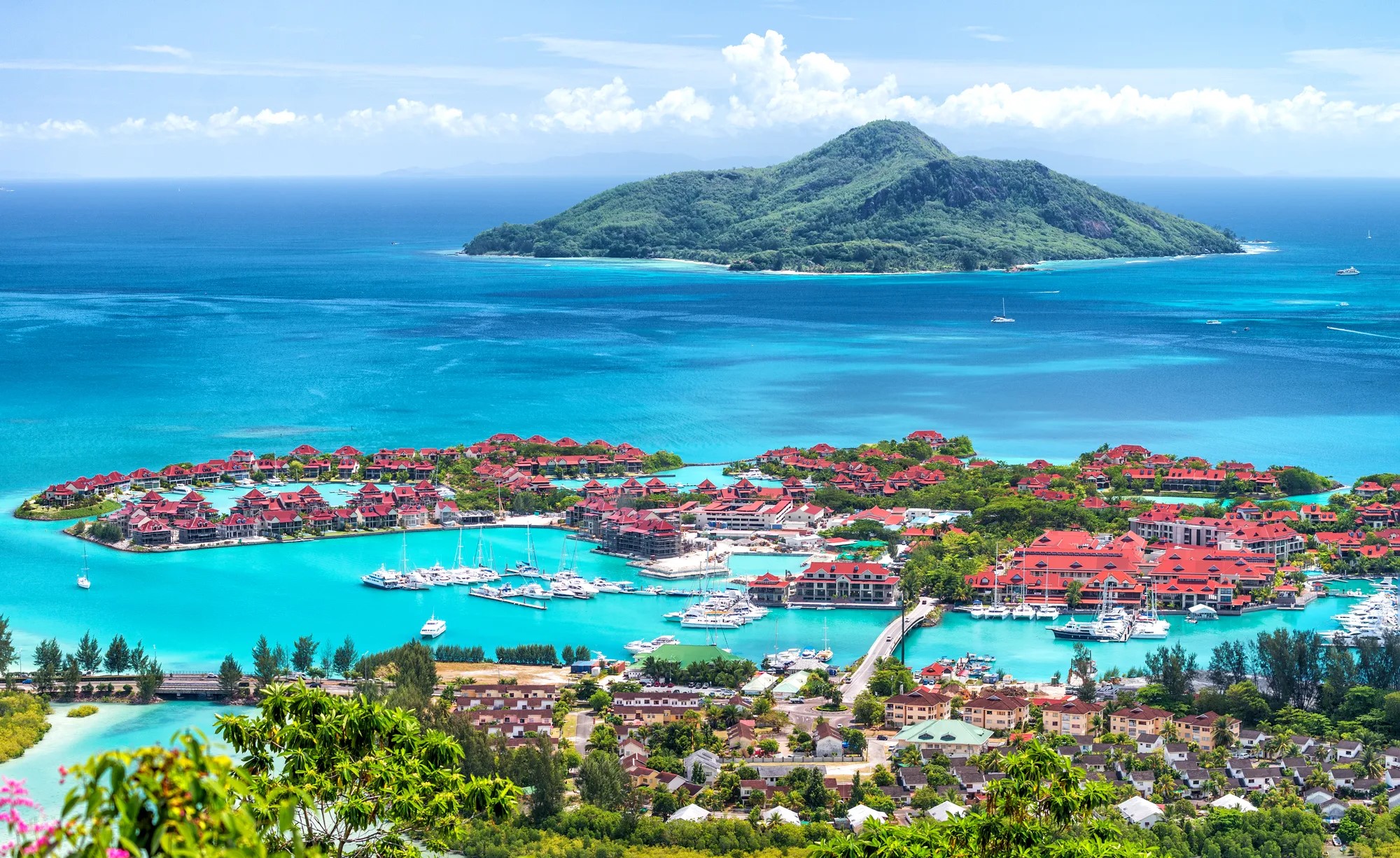
Seychelles

Egypt ( Cairo )

Djibouti
Why Choose Us?
Tailored Packages
Our team is dedicated to creating custom travel packages that suit your needs and preferences.
Expert Guidance
With years of experience in the travel industry, we ensure you receive the best advice and support throughout your journey.
Hassle-Free Booking
Booking your next adventure is just a call or click away, with instant ticket booking and 24/7 customer support.
Ready to Travel?
Let Jambo Star Tour & Travel handle all the details so that you can focus on the excitement of your journey. From flights to accommodation and everything in between, we’ll make your dream vacation a reality.
FOR MORE INFO. CONTACT US!
We're Here To Help!
Office
Sur Construction Tower, 11th Floor Bole Road, Addis Ababa ,Ethiopia
Hours
M-F: 8:30am – 5:30pm
S: 8:30am – 01:30pm
Call Us
P.O.Box
420, Code 1250, Addis Ababa, Ethiopia
